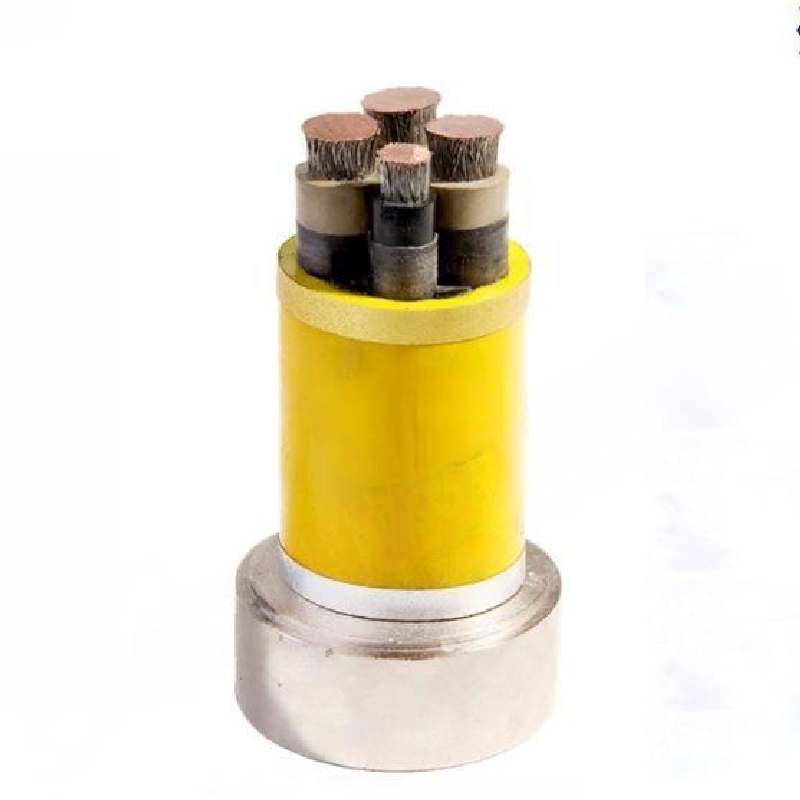नोभ . 25, 2024 07:36 Back to list
Understanding the Functionality and Importance of Foot Valves in Fluid Systems
Understanding the Diaphragm Foot Valve
A diaphragm foot valve is an essential component in many fluid management systems, particularly in water pumping and irrigation applications. This type of valve plays a crucial role in maintaining pressure and flow, ensuring that fluids are delivered efficiently and safely. In this article, we will delve into the design, functionality, advantages, and applications of diaphragm foot valves.
What is a Diaphragm Foot Valve?
A diaphragm foot valve is a check valve located at the bottom of a suction line in a pump system, typically submerged in water or other fluids. Its primary function is to prevent backflow when the pump is not operating, ensuring that the system retains its prime. The valve consists of a housing containing a flexible diaphragm that acts as the sealing element. When fluid flows into the pump, it pushes the diaphragm open. However, when the flow stops, the diaphragm closes tightly, preventing any liquid from flowing back into the source.
Design and Operation
The design of a diaphragm foot valve is straightforward yet effective. It usually features an inlet screen to filter out debris, protecting the pump from potential damage. The diaphragm is made from durable materials such as rubber or elastomer for flexibility and longevity. The valve's opening mechanism is simple; as pressure from the fluid increases, the diaphragm moves upwards, allowing flow. Upon decrease in pressure, the diaphragm flexes back to its original position, sealing the inlet.
This mechanism is not only effective in preventing backflow but also helps maintain pump efficiency. By keeping the system primed, diaphragm foot valves minimize the risk of pump cavitation, which can occur if air enters the system, potentially leading to pump failure.
di foot valve

Advantages of Diaphragm Foot Valves
One of the primary benefits of diaphragm foot valves is their ability to maintain the prime of a pump system. This is essential in applications where maintaining flow continuity is critical, such as irrigation systems and industrial pumping operations. Additionally, diaphragm foot valves are known for their durability and resistance to wear and tear, reducing the frequency of replacements and maintenance.
Another advantage is their ability to handle varying fluid types, including clean and slightly contaminated liquids. The filtration provided by the inlet screen adds an extra layer of protection for the pump. Furthermore, the simplicity of their design means they can be easily installed and serviced, making them a cost-effective choice for many applications.
Applications
Diaphragm foot valves are widely used in various industries. In agriculture, they facilitate efficient water delivery in irrigation systems. Municipal water systems also utilize these valves to ensure consistent water supply and prevent contamination. In industrial settings, diaphragm foot valves are employed in chemical processing, wastewater management, and other fluid handling applications.
Conclusion
In conclusion, diaphragm foot valves are a vital element of effective fluid control systems. Their design and operation ensure that pumps function efficiently while preventing costly damage from backflow and cavitation. With their numerous advantages, including durability and versatility, diaphragm foot valves have become an indispensable component in irrigation, municipal water supply, and industrial applications. As industries continue to seek efficient ways to manage fluid systems, the significance of diaphragm foot valves will undoubtedly grow, making them a key player in modern fluid management solutions.
Share
-
Reliable Wafer Type Butterfly Valves for Every IndustryNewsJul.25,2025
-
Reliable Flow Control Begins with the Right Ball Check ValveNewsJul.25,2025
-
Precision Flow Control Starts with Quality ValvesNewsJul.25,2025
-
Industrial Flow Control ReliabilityNewsJul.25,2025
-
Engineered for Efficiency Gate Valves That Power Industrial PerformanceNewsJul.25,2025
-
Empowering Infrastructure Through Quality ManufacturingNewsJul.25,2025